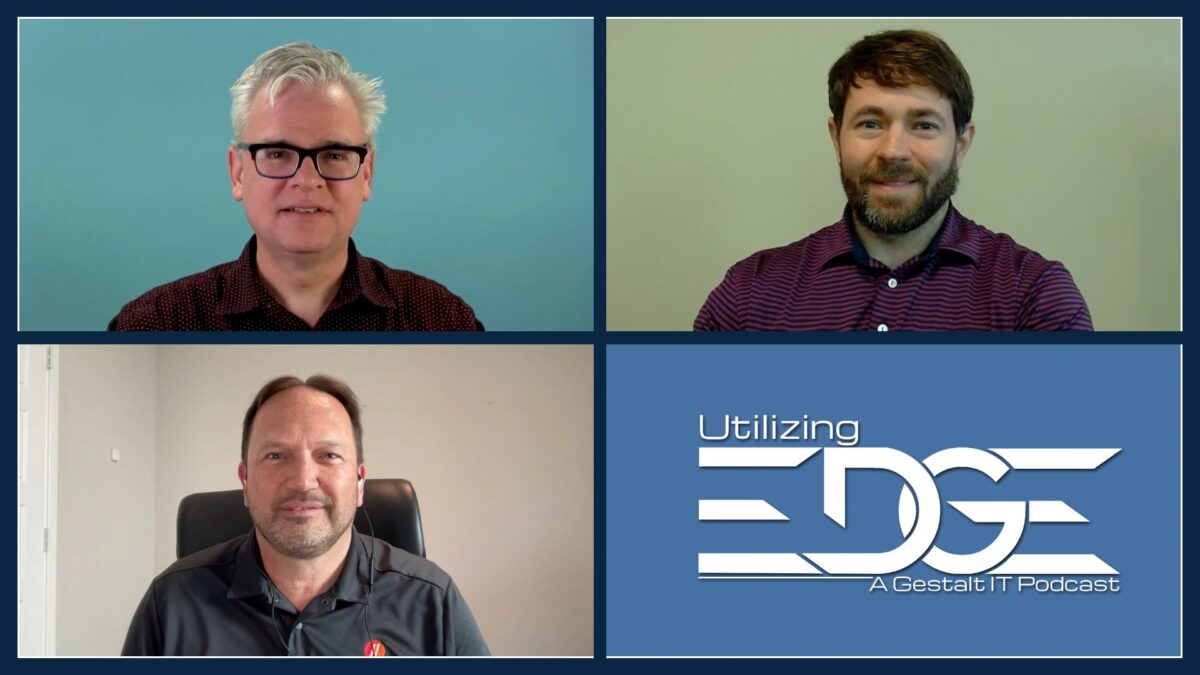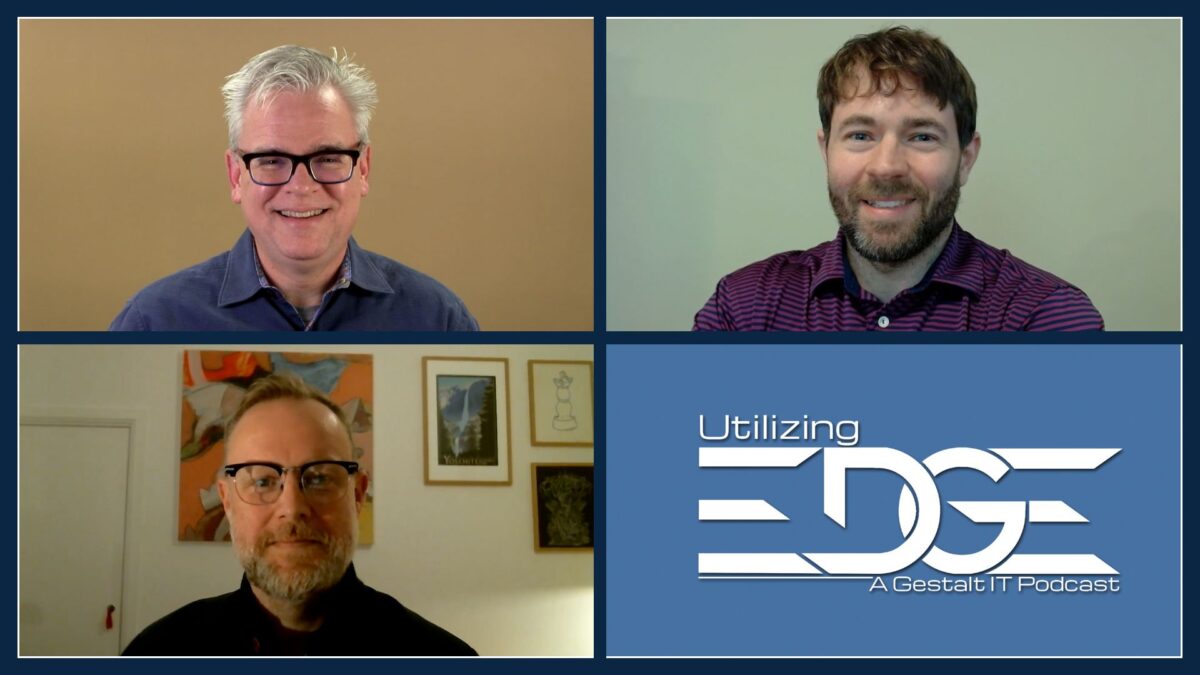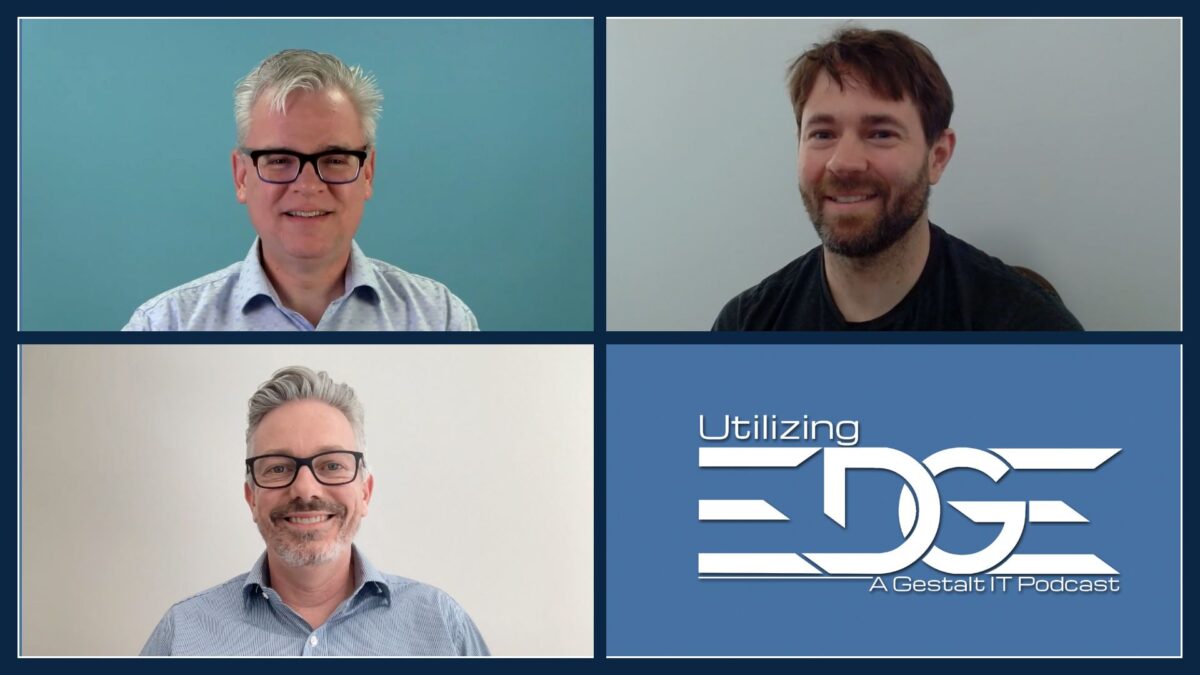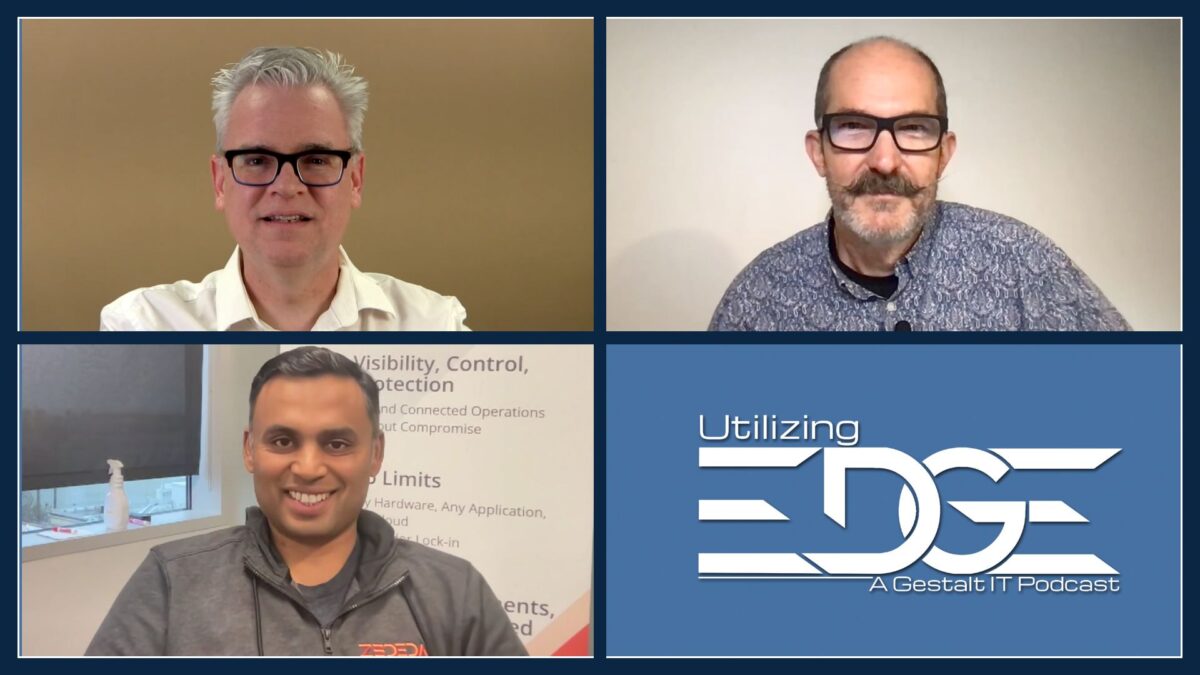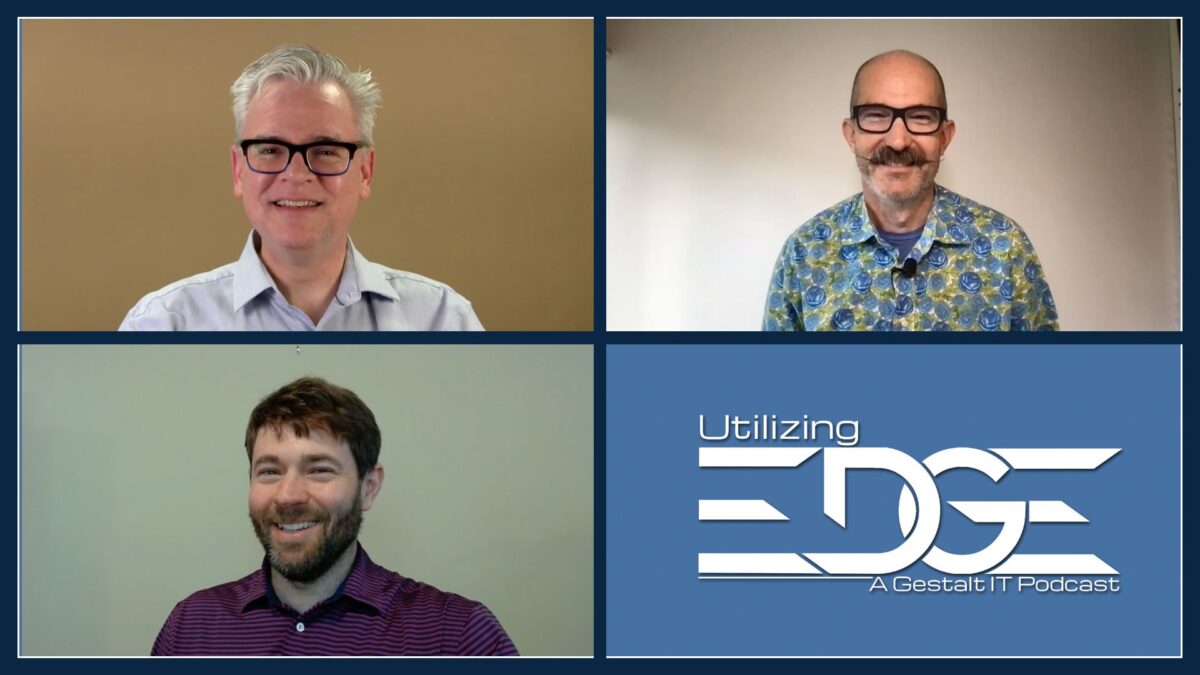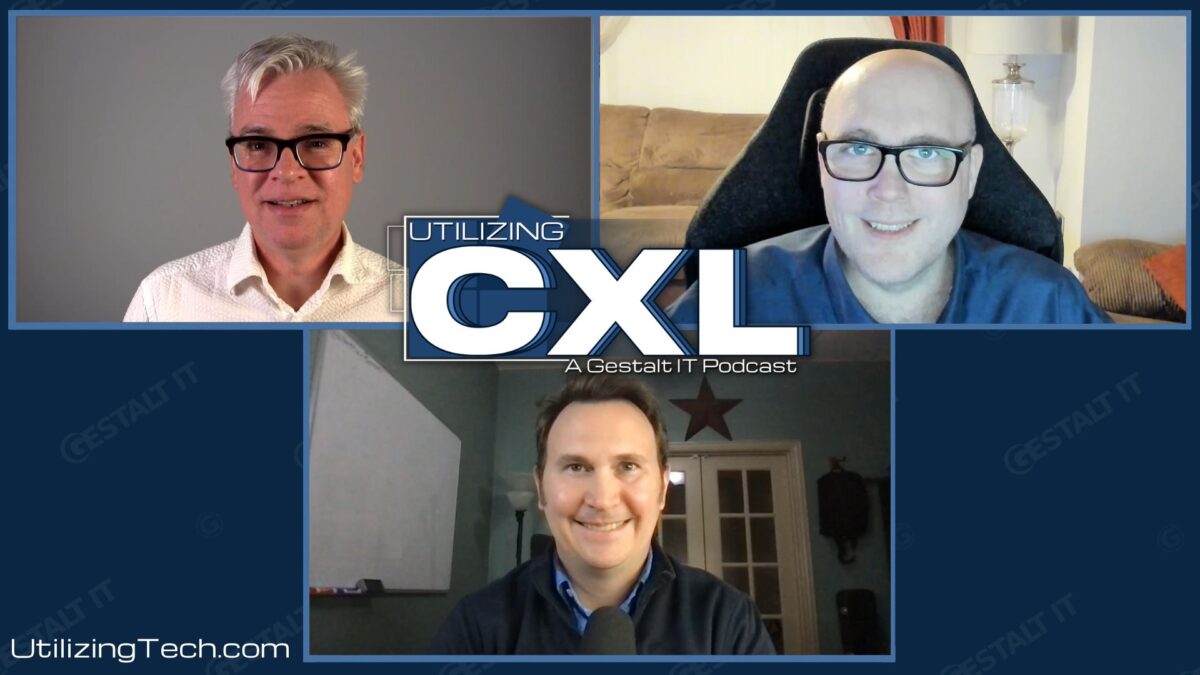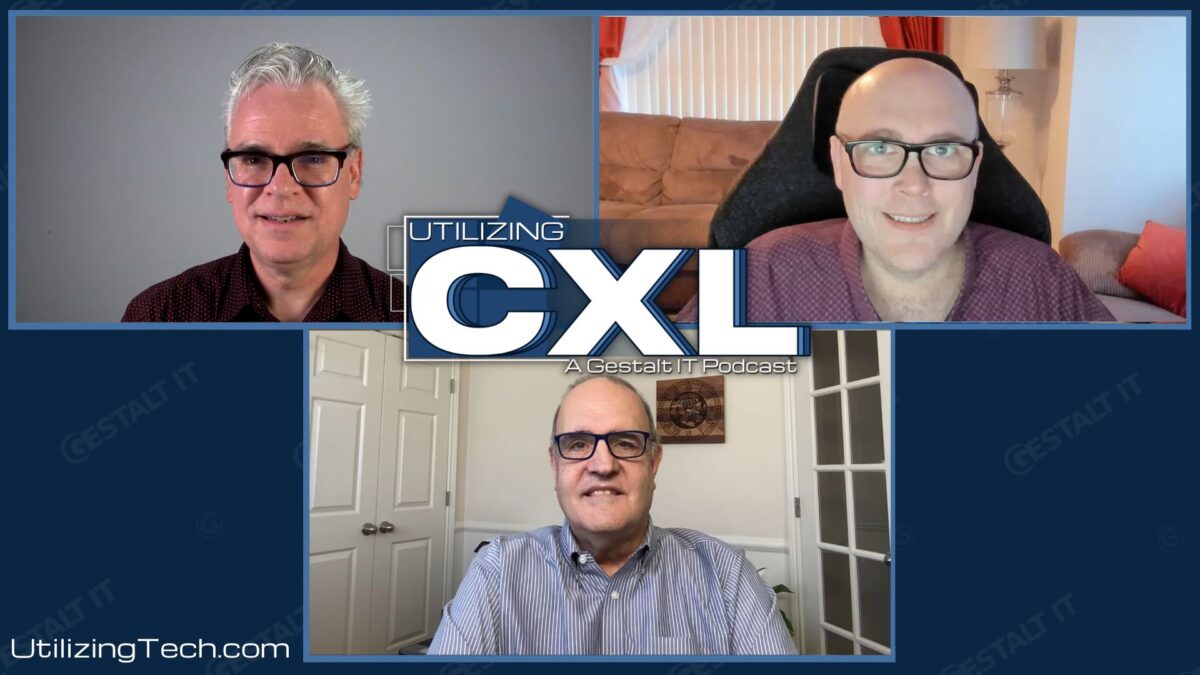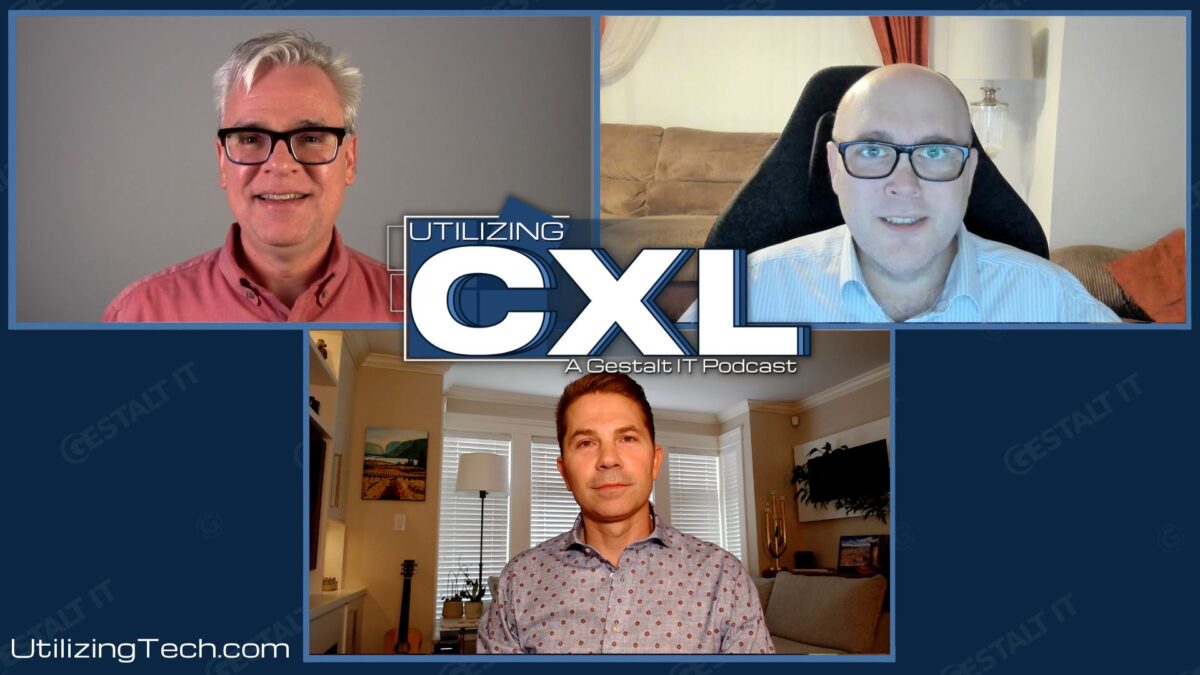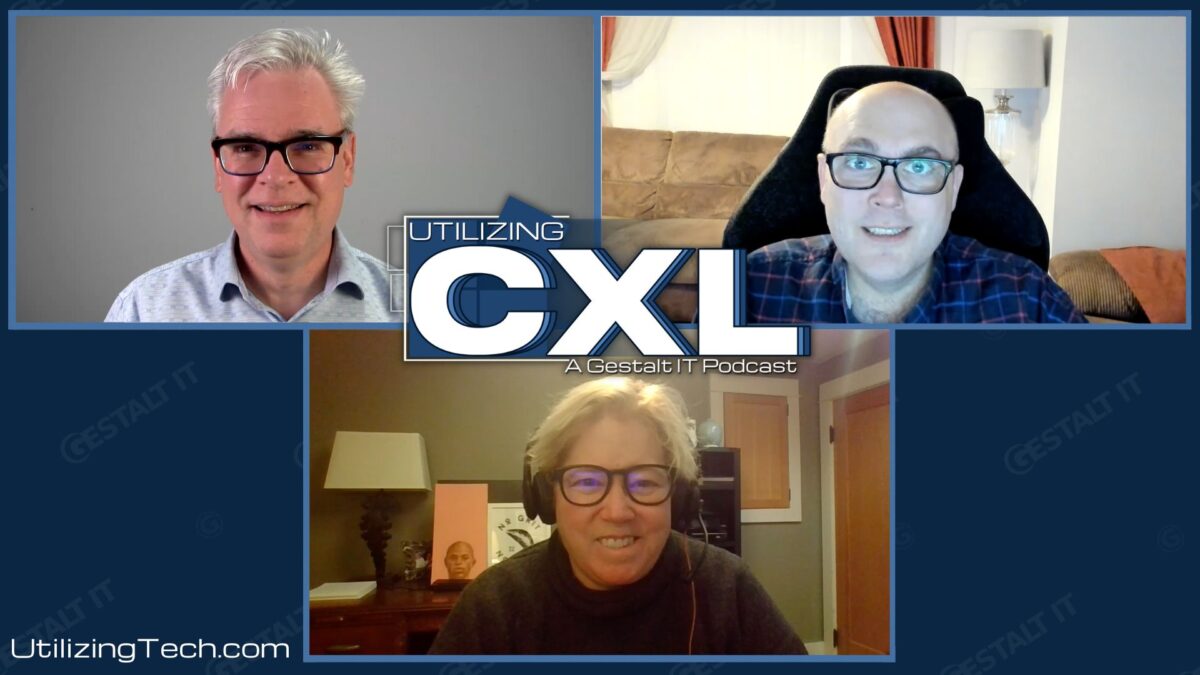One of the main differentiators for edge computing is developing a scalable architecture that works everywhere, from deployment to support to updates. This episode of Utilizing Edge welcomes Dave Demlow of Scale Computing discussing the need for scalable architecture at the edge. Scale Computing discussed Zero-Touch Provisioning and Disposable Units of Compute at their Edge Field Day presentation, and we kick off the discussion with these concepts. We also consider the undifferentiated heavy lifting of cloud infrastructure and the tools for infrastructure as code and patch management in this different environment. Ultimately the differentiator is scale, and the key challenge for designing infrastructure for the edge is making sure it can be deployed and supported at hundreds or thousands of sites.
